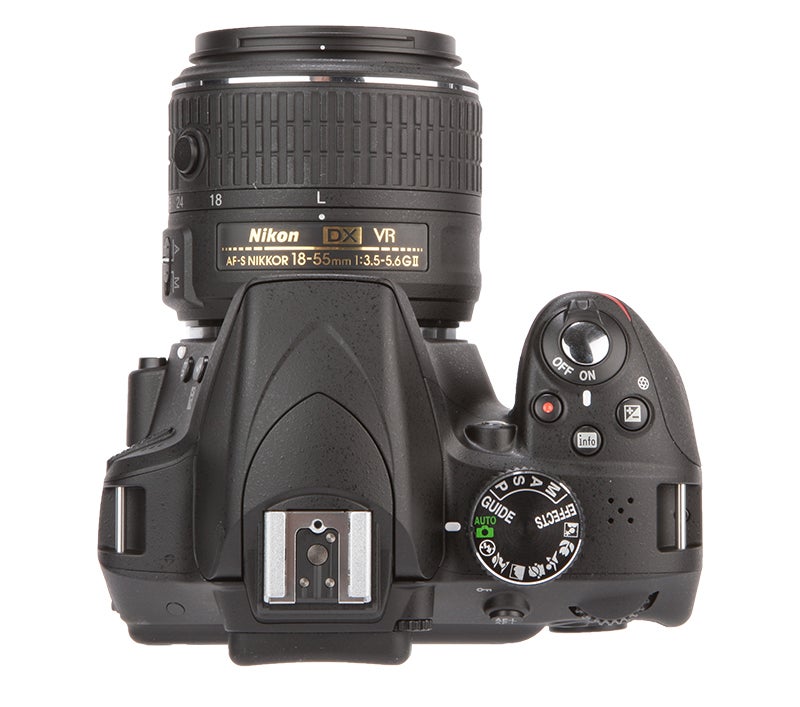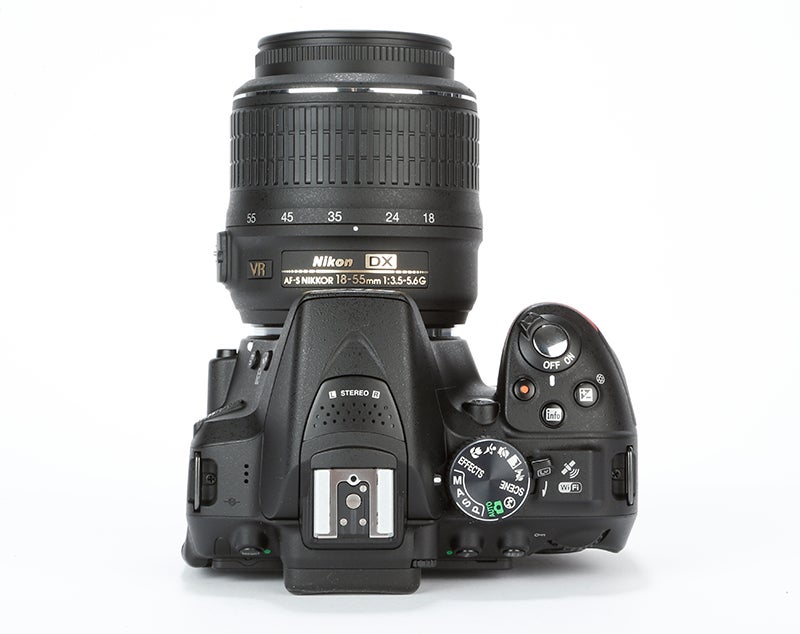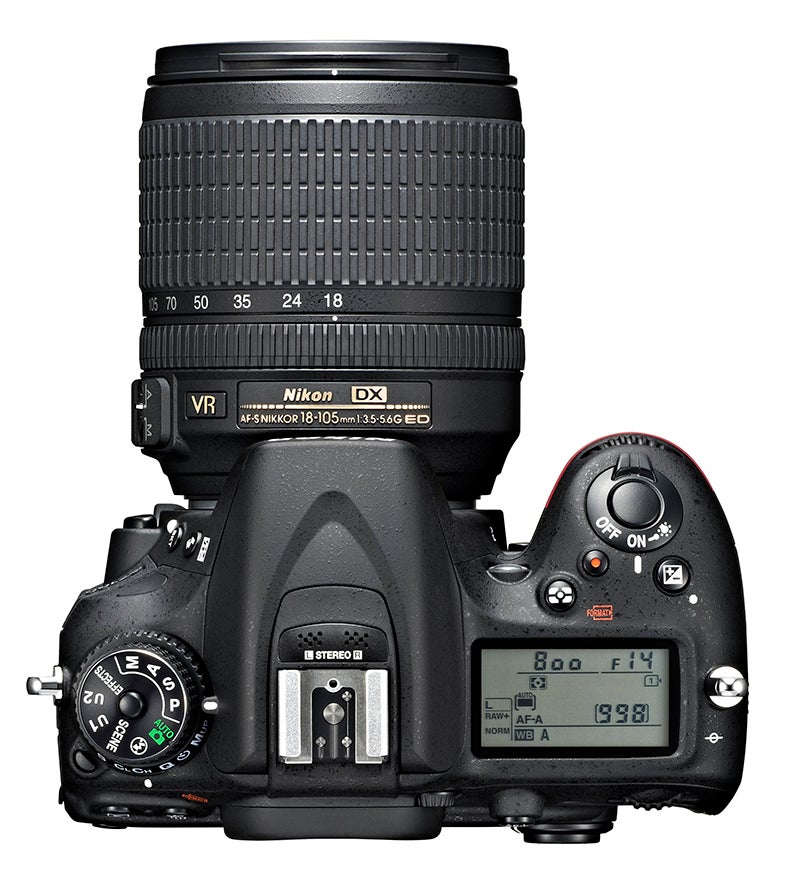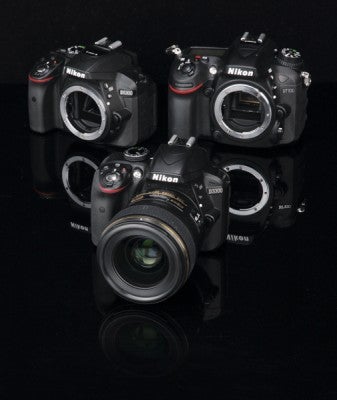Nikon D3300 vs. Nikon D5300 vs. Nikon D7100 – Design
The D3300 and D5300 share similar dimensions, giving the impression they will feel alike in the hand. Both offer reassuringly secure, comfortable handgrips that let you wrap your hand around to get a good solid hold.
Connected to heavy telephoto zooms or held in a larger-than-average-sized hands, however, the cameras can feel on the small side, but with their kit lenses attached or used with the DX-format lenses for which they’re designed, they feel very well balanced and make a great choice if you’re conscious of travelling light.
The extra 70g of the D5300 plays a part in its handling. It feels fractionally more solid than the D3300 and its toggle switch around the mode dial makes for intuitive operation of live view mode.
Whereas the D5300 has a ‘monocoque’ design that involves a single shell made of carbon-fibre-reinforced plastic without a metal chassis, the D7100 employs magnesium-alloy top and rear covers for maximum robustness and durability.

Nikon D3300
Weather sealing
Weighing 195g and 265g more than the D5300 and D3300 respectively, the D7100 also comes weather-sealed to the same standard as Nikon’s professional-level D800. Although this won’t be a requirement for all photographers, a sealed body does allow users to keep shooting no matter how harsh the environment, while at the same time reducing the risk of water and dust creeping into the internals.
For travelling, or in circumstances where a number of lenses will be carried, the D7100 will increase the weight of a kit bag, but if you’re prepared to make this sacrifice you’ll get a DSLR that feels considerably more robust than the D3300 and D5300 in return.

Nikon D5300
Controls
The spacious layout of buttons across the body and twin control dials for independently adjusting aperture and shutter speed give the D7100 a premium feel, and its LCD display on the top-plate is invaluable for referring to camera settings – a feature lacking on both the D3300 and D5300.
With mention to the cameras’ graphical user interfaces (GUI), the D3300‘s GUI feels somewhat more crowded than that of the D5300 and D7100 due to its smaller screen. That said, the design of each camera’s GUI is excellent.

Nikon D7100
Info display
The GUIs of the D3300 and D5300 are both tailored to novices who appreciate easy-to-understand visuals, such as how the aperture value relates to the aperture opening of the lens.
The D3300 provides access to 10 commonly used settings from its info display – not as many as found on the D5300 – and lacking a vari-angle screen, the D3300 and D7100 list their playback, menu and zoom buttons beside the screen, which on the D5300 are smaller and less intuitive to find.





